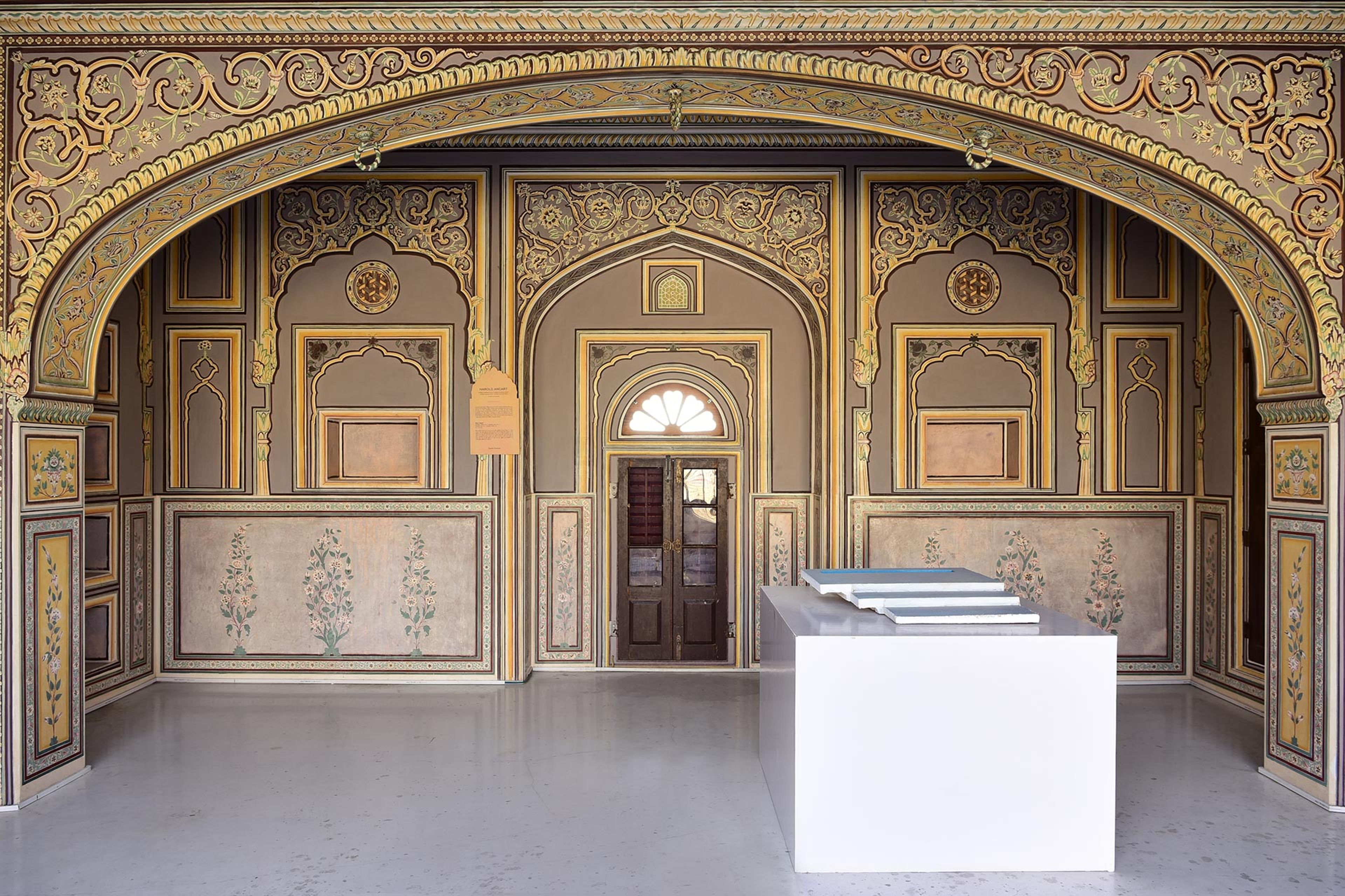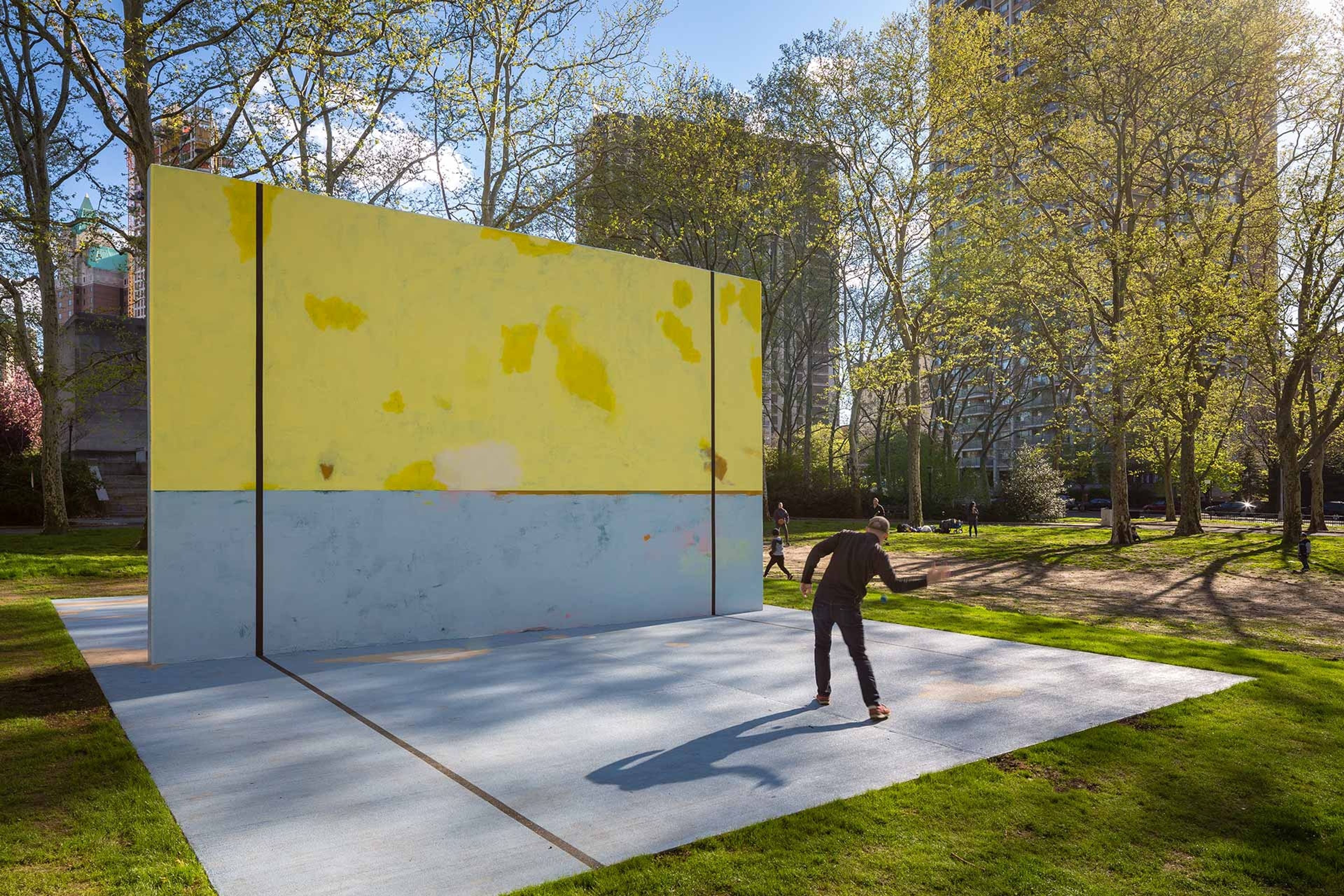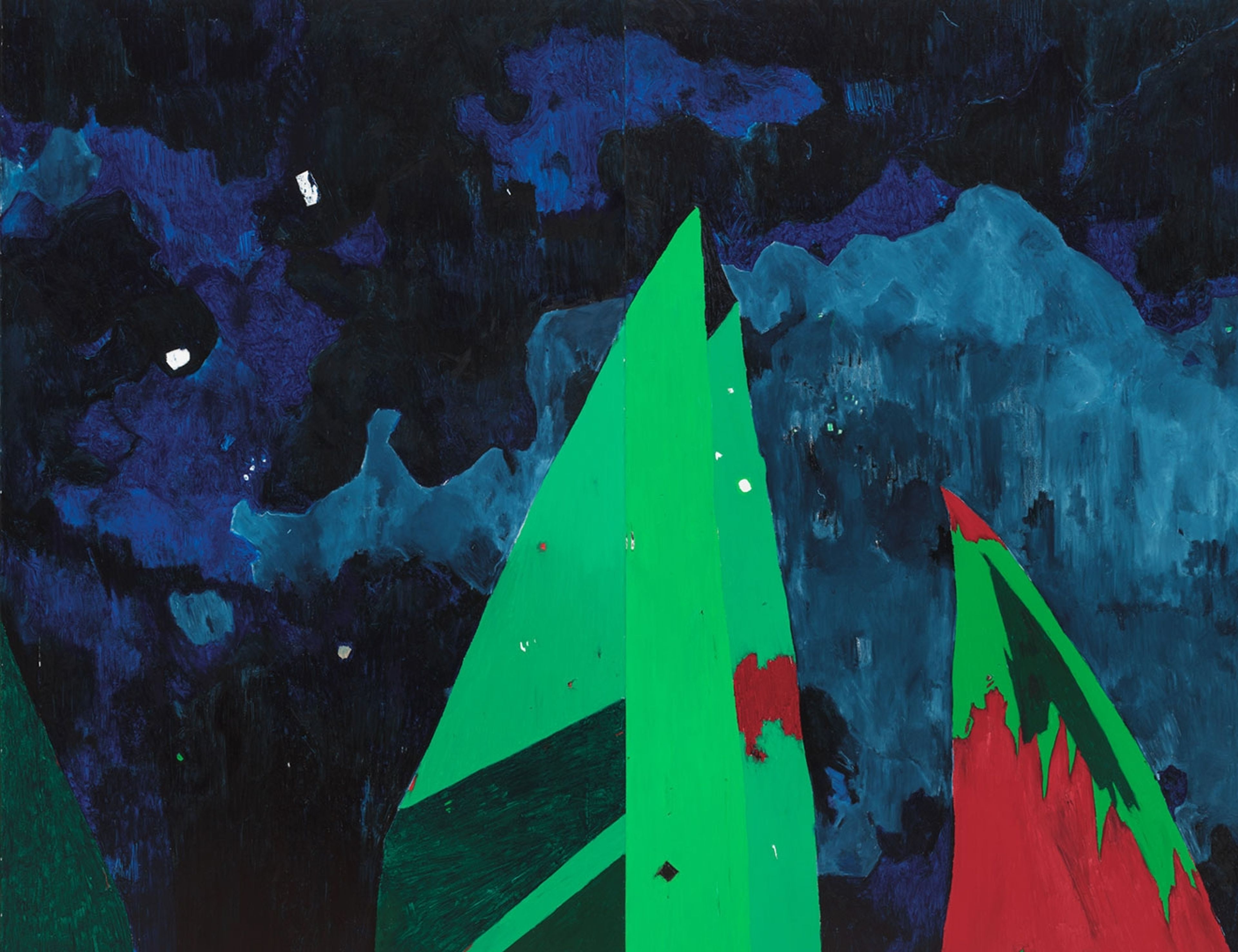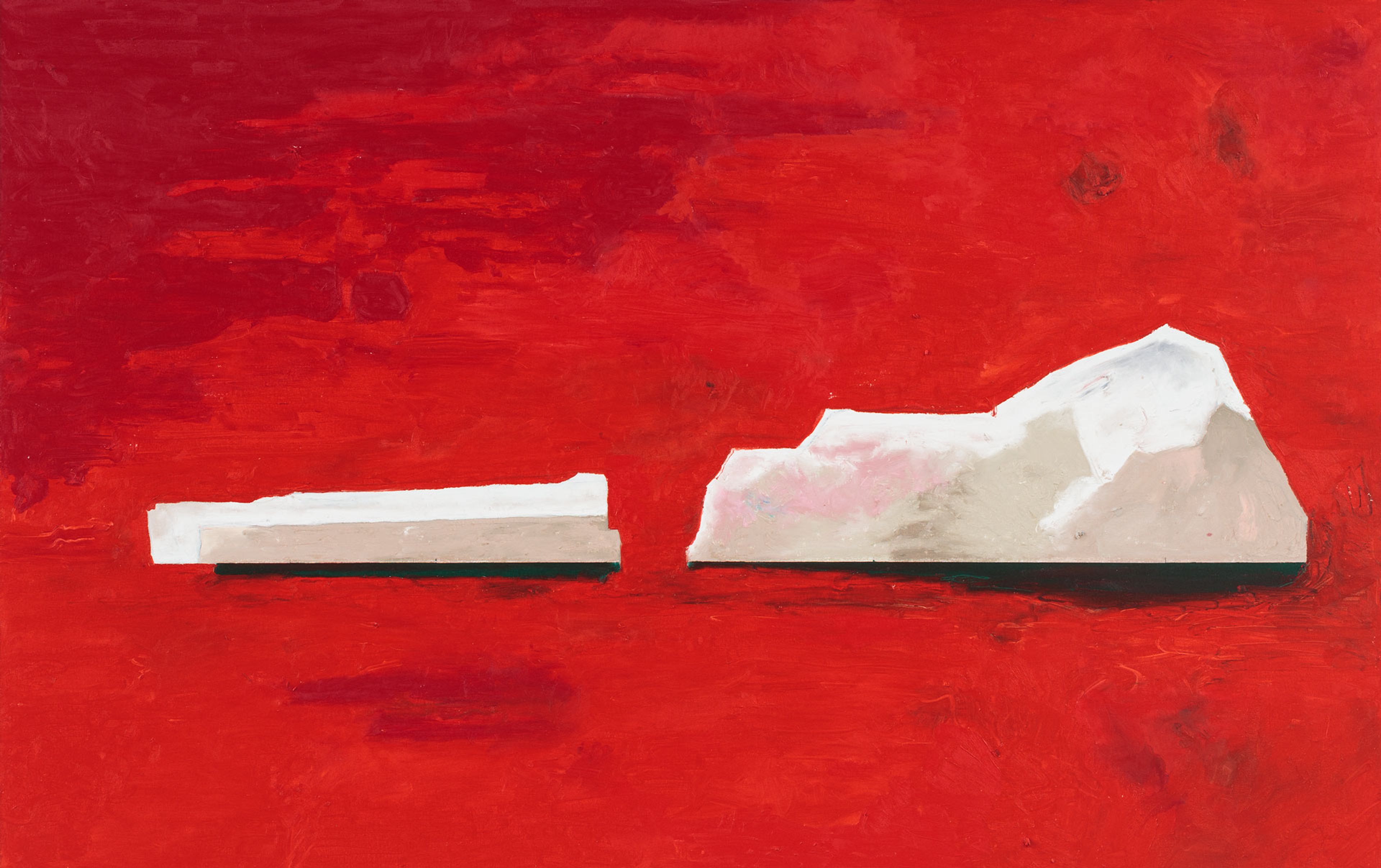Harold Ancart
Born in Brussels in 1980, Harold Ancart received his MFA at École Nationale Supérieure des Arts Visuels de la Cambre in 2007. He currently lives and works in Brooklyn, New York.
Learn MoreExhibitions
Explore Exhibitions
Artist News
Biography
Born in Brussels in 1980, Harold Ancart received his MFA at École Nationale Supérieure des Arts Visuels de la Cambre in 2007. He currently lives and works in Brooklyn, New York.
At David Zwirner, Paris, Harold Ancart: La Grande Profondeur (The Deep End) was on view in 2021. In 2020, the solo exhibition Harold Ancart: Traveling Light spanned David Zwirner's 525 and 533 West 19th Street gallery spaces in New York. Also in 2020, Harold Ancart: Pools, an online exhibition of the artist’s work, was presented by David Zwirner Online. In 2018, David Zwirner exhibited a solo show of new paintings by the artist at its London location.
In 2019-2020, the Public Art Fund presented Harold Ancart: Subliminal Standard at the Cadman Plaza Park, Brooklyn. Ancart’s work was also featured in a solo exhibition, Harold Ancart: Untitled (there is no there there), at The Menil Collection, Houston, in 2016. The artist has participated in solo and group exhibitions around the world, including at the Stedelijk Museum voor Actuele Kunst (S.M.A.K.), Ghent (2019); Centre Pompidou-Metz, France (2018); Musée d’Art Moderne de la Ville de Paris (2017); Palais de Tokyo, Paris (2013); and WIELS Centre d’art Contemporain, Brussels (2012).
Works by the artist are included in the permanent collections of numerous institutions worldwide, including the Fondation Beyeler, Basel; Centre Georges Pompidou, Paris; Hirshhorn Museum and Sculpture Garden, Washington, DC; Lenbachhaus, Munich; Louisiana Museum of Modern Art, Denmark; The Menil Collection, Houston; Musée d’Art Moderne, Paris; The Museum of Contemporary Art, Los Angeles; Solomon R. Guggenheim Museum, New York; and Whitney Museum of American Art, New York.
Selected Press

Follow this Artist




